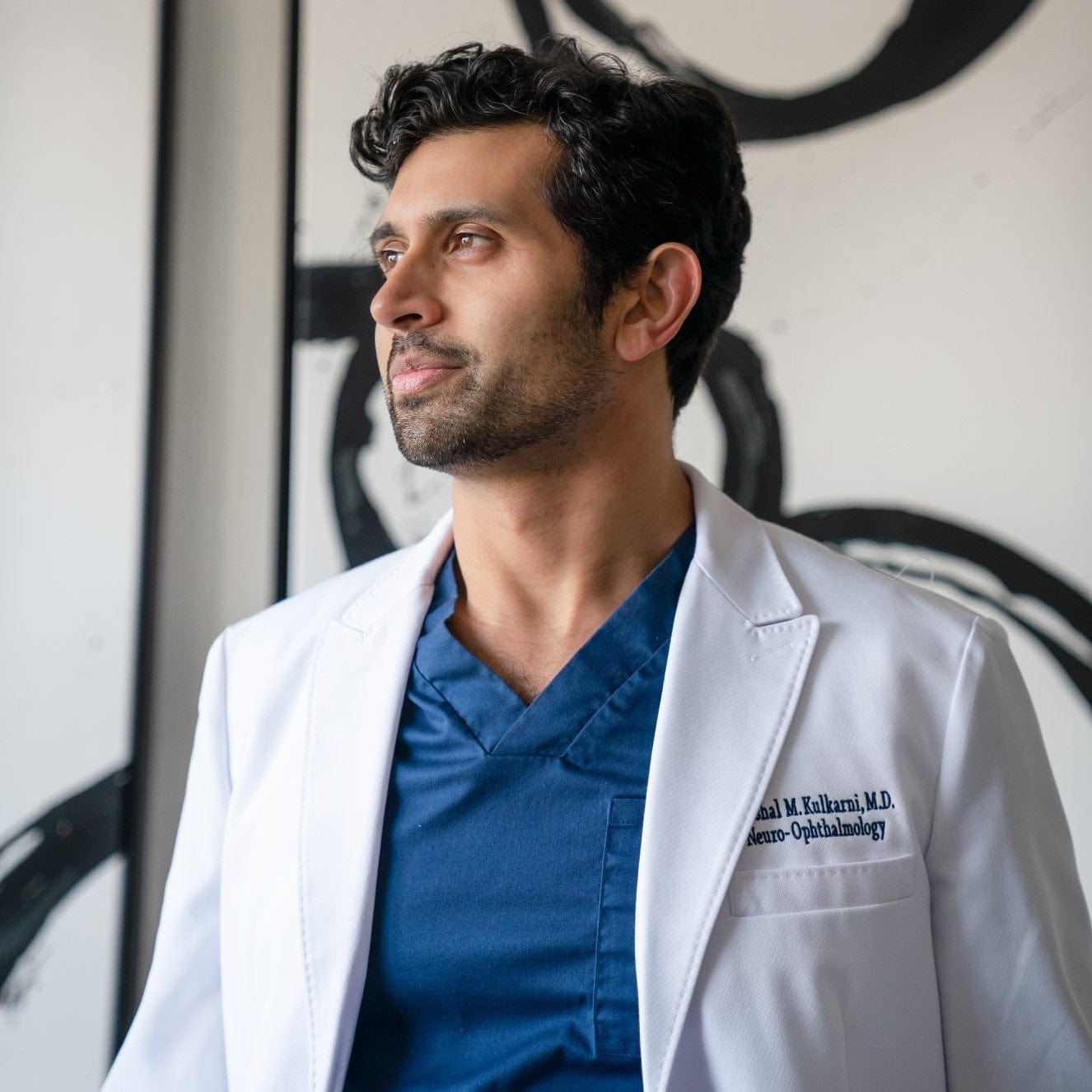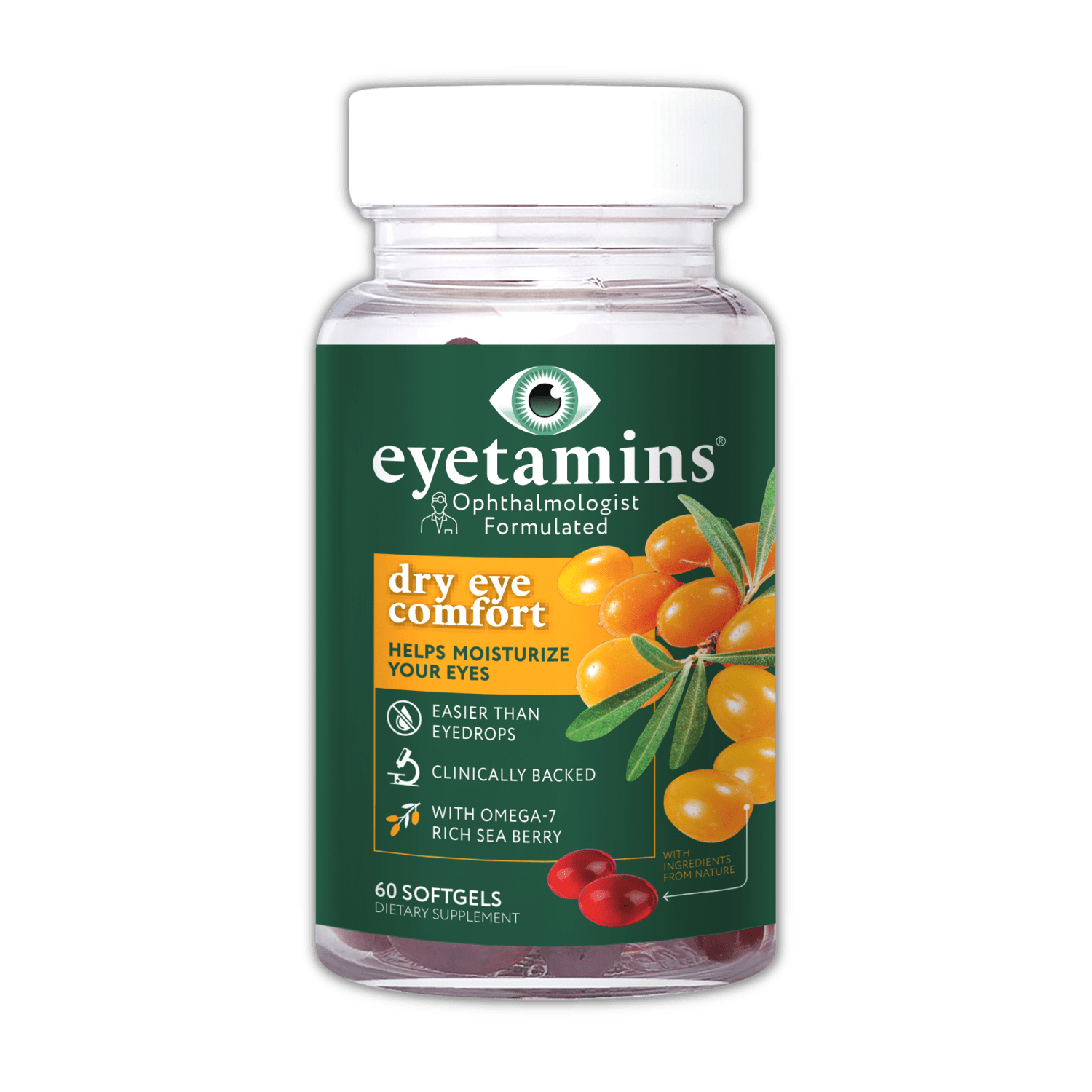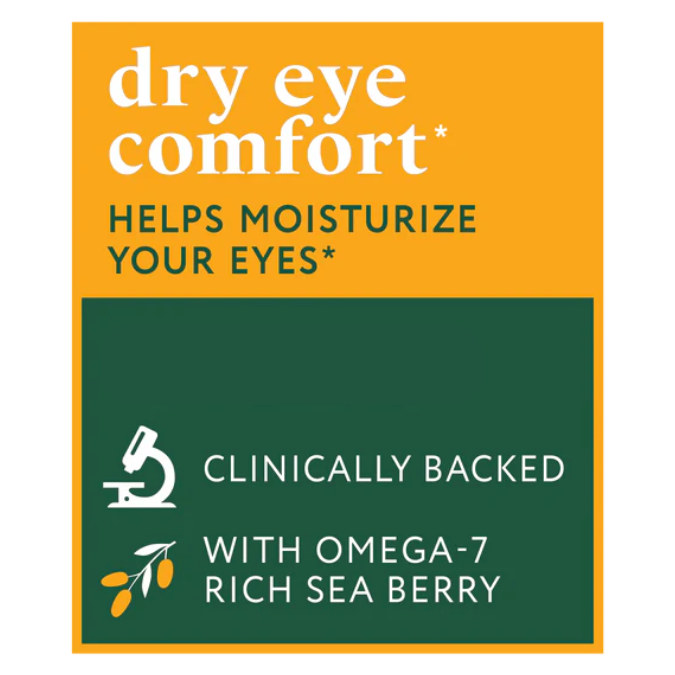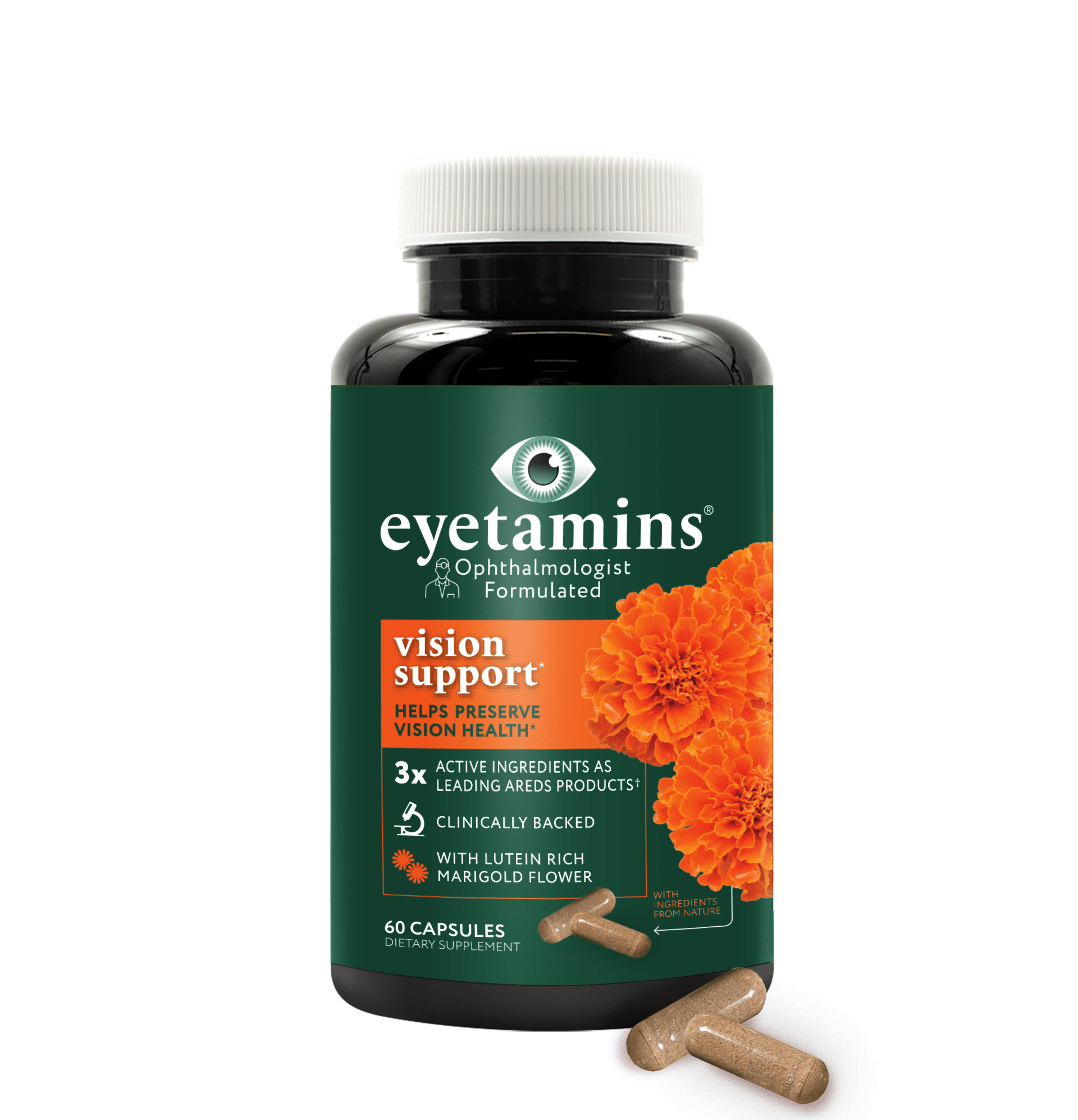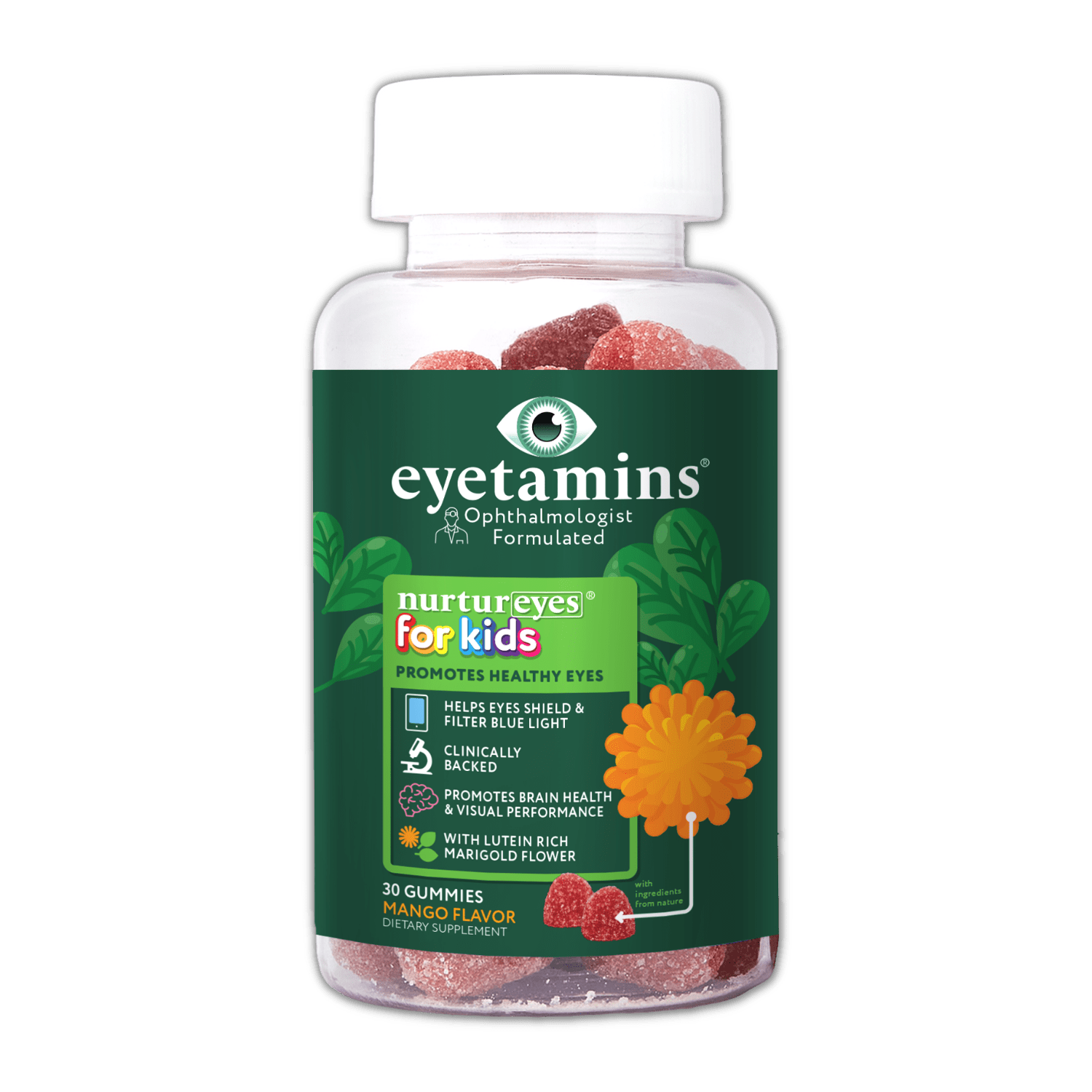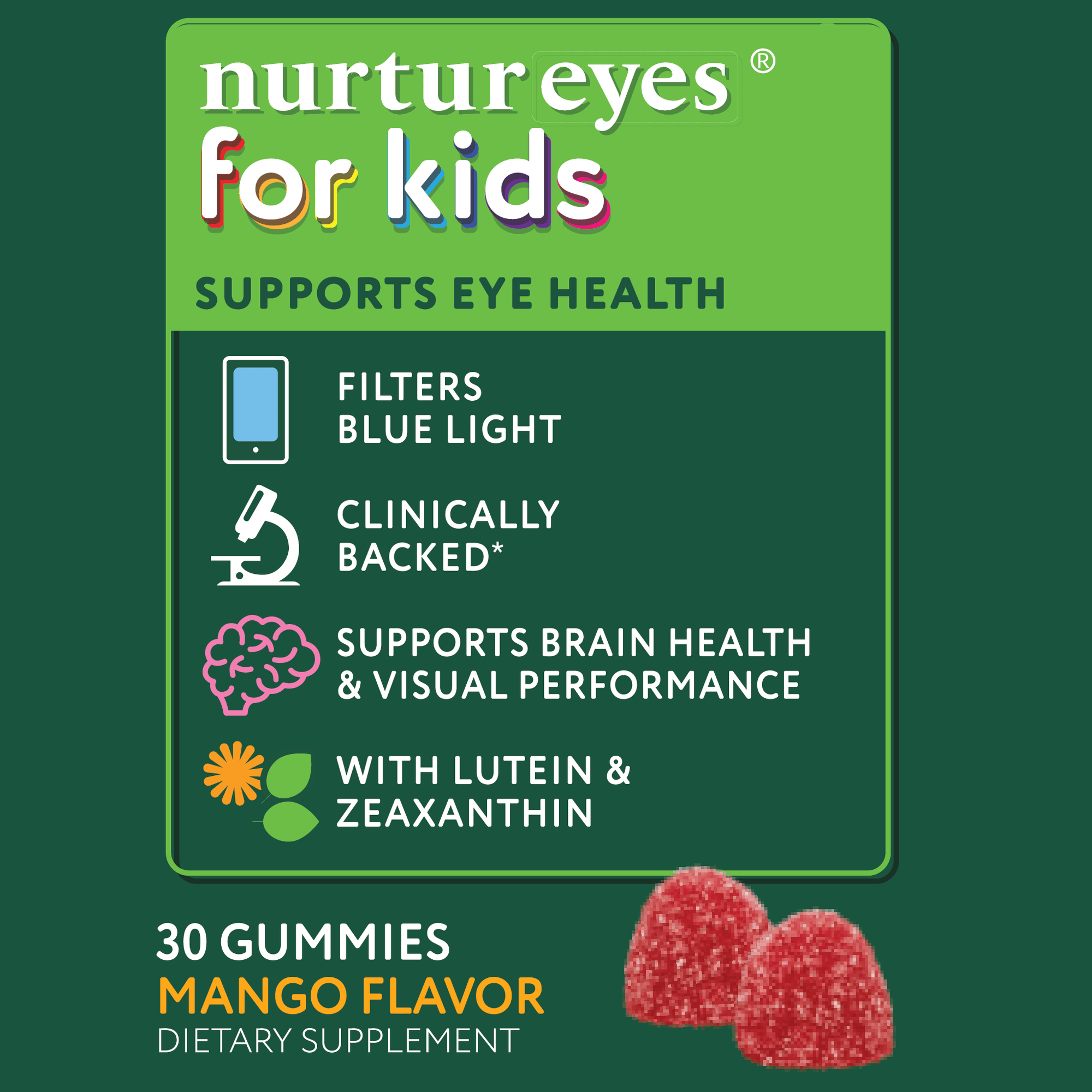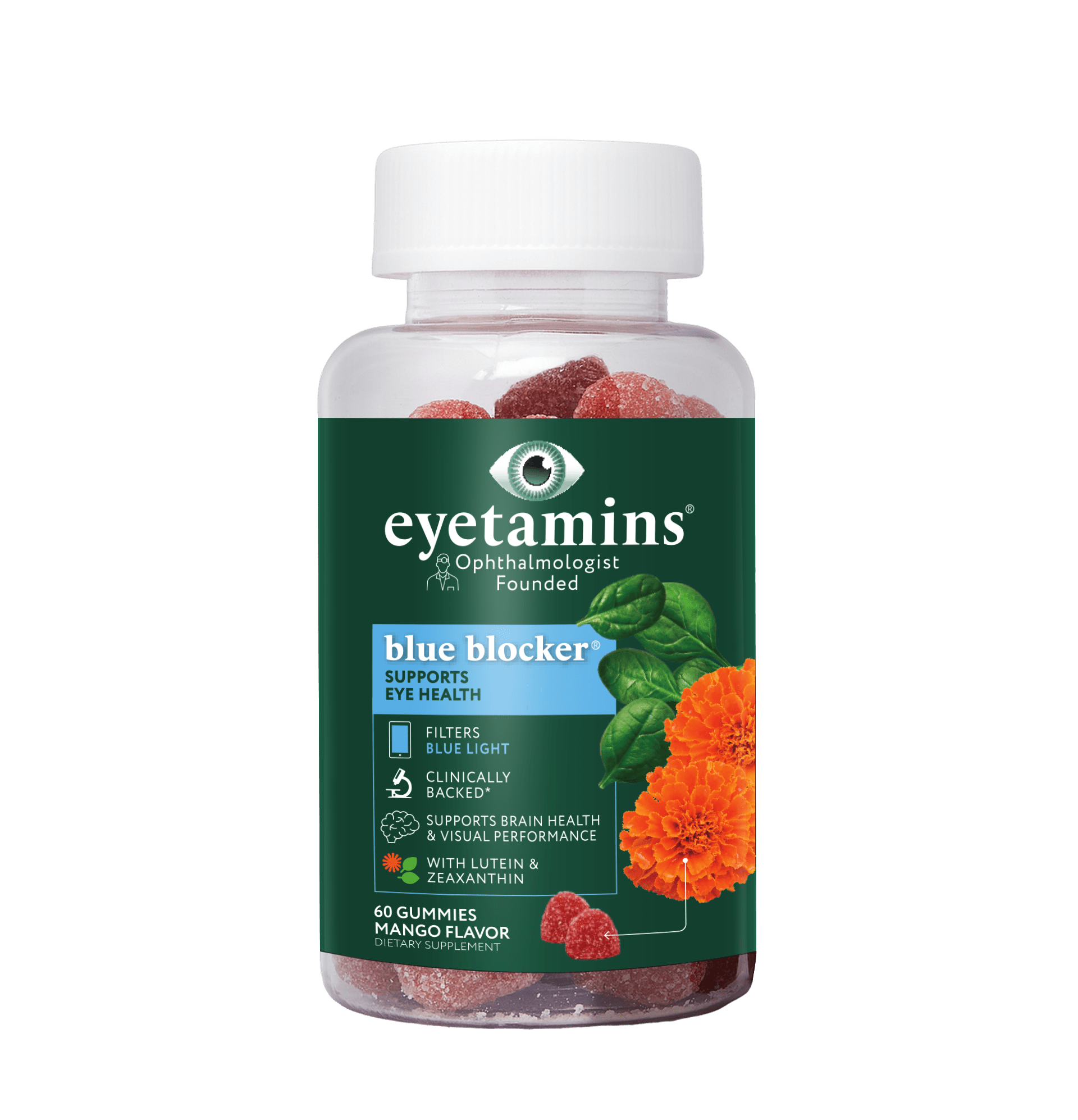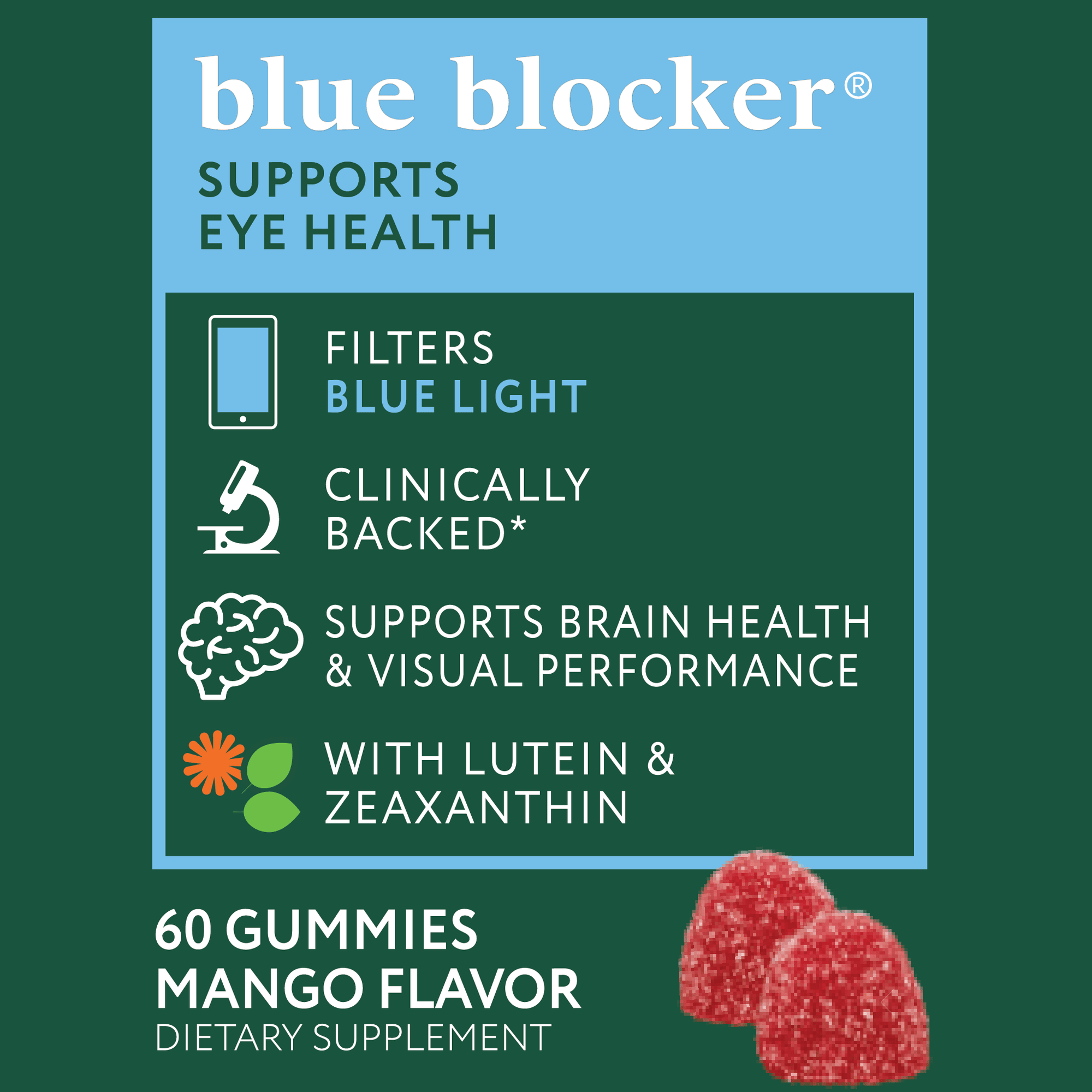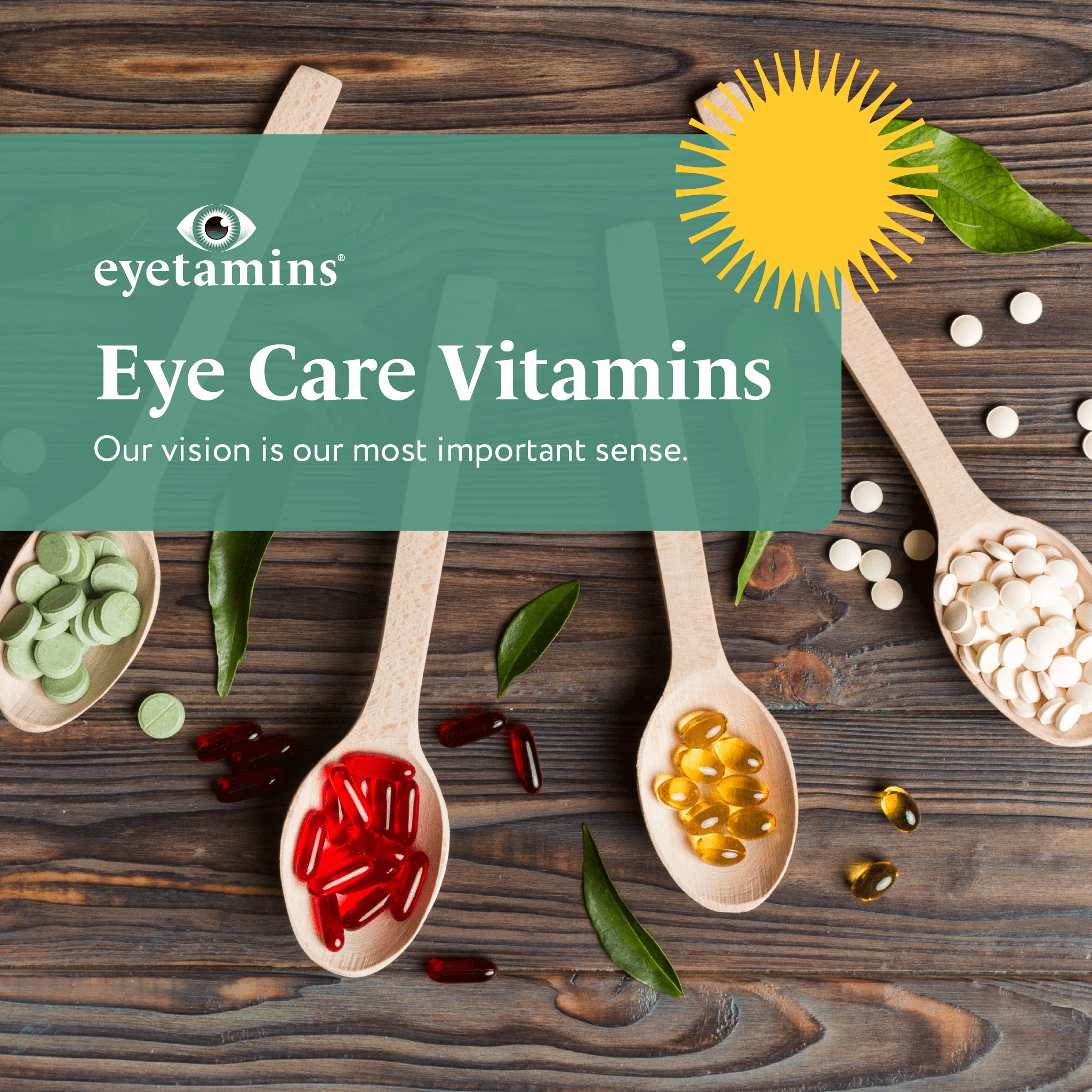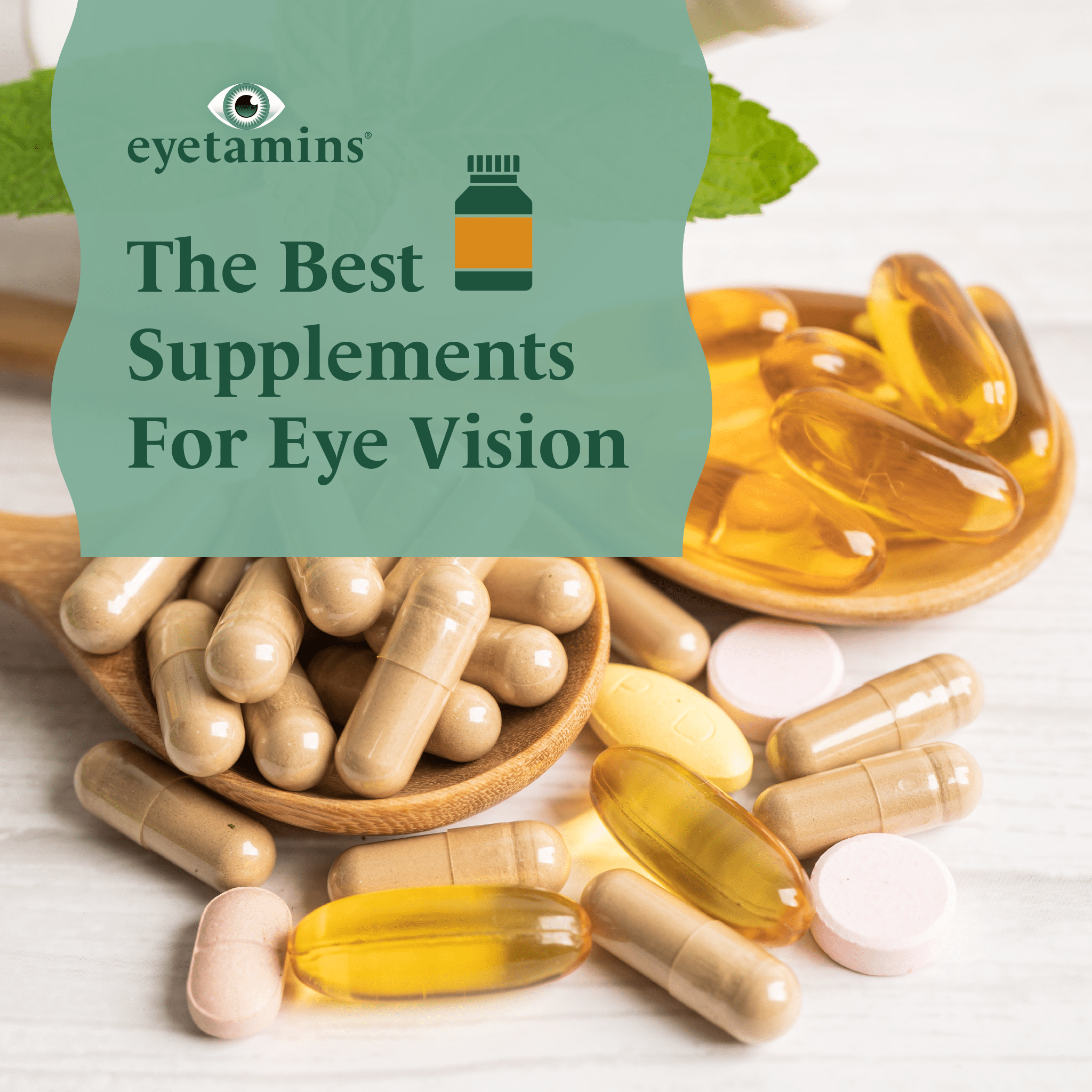· By Dr. Kaushal M. Kulkarni, M.D.
Everything You Should Know About Zeaxanthin
After your brain, your eyes are the most complex organ of our entire bodies. Did you know that just one eye consists of two million working parts? And just like the rest of our bodies, these parts are subject to get worn out and deteriorate over time.
Keeping our eyes healthy and in good working condition means giving them the right nutrition. That is where zeaxanthin comes in. In this article, we will explain just what is zeaxanthin, the benefits of zeaxanthin for eyes, and where to find it.

What is Zeaxanthin?
Marigolds, egg yolks, and corn: What do these three things have in common? Zeaxanthin. Zeaxanthin is a yellow pigment known as a carotenoid found in plants, as well as in some animals. This pigment gives plants their characteristic colors of red, orange, or yellow.
The name “zeaxanthin” comes from a combination of the root words “zea” and “xanthos”. Zea means grain in Greek, which is also the taxonomic genus that corn belongs to. Xanthos means yellow.
We humans do not naturally produce this carotenoid, but upon ingestion, it collects in our eyes, brain, spinal cord, blood, skin, and nerves. Like us, some animals eat plants containing this carotenoid, thus collecting it in their bodies. That is why egg yolks have their characteristic yellow color.
Most notably it is found in the highest concentrations in the macula of our eyes. The macula is an extremely sensitive area of the retina. Not only that, it is extremely important in that it is where our sharpest vision is produced and is paramount in our ability to perceive colors.
Once it is consumed, it typically makes its way to the lens, macula, and fovea. A related carotenoid called lutein also makes the journey. The two are a notable duo often referred to together. They join forces to form the macular pigment in our eyes; zeaxanthin in the center of the retina (the most concentrated of all xanthophylls in the fovea), and lutein in its peripheral regions.
Meso-zeaxanthin is one of the three stereoisomers of this yellow carotenoid. It is a micronutrient that is found in the skins of trout, as well as in marigolds. It can be created in our own body through the conversion of lutein. When lutein, zeaxanthin, and meso-zeaxanthin are combined, they are more powerful than when applied individually.
How Zeaxanthin Supports Eye Health
Zeaxanthin is important for our vision at all life stages. It is an important nutrient for fetuses in their eye development stages. It is also needed for children to experience optimal vision in their childhood years.
For adults, this carotenoid has been shown to have powerful antioxidant and anti-inflammatory effects. So what does zeaxanthin do for our eyes?
It prevents oxidative stress
It turns out that it is a more effective antioxidant than lutein. This means it works hard to protect our eyes from free radicals and prevent oxidative stress. Free radicals are molecules that contain oxygen with an uneven number of electrons. Some common free radicals that can damage our eyes (and the rest of our bodies) include things like:
- Pesticides
- Car exhaust
- Cigarette smoke
- Chemical food additives
- Household cleaners
- UV rays
- Blue light
The uneven number of electrons allows these free radicals to easily react with other molecules, causing a large chain of chemical reactions called oxidation. As we age, our bodies begin to lose the ability to fight free radical build-up and more oxidation can occur. Oxidation of the crystalline lens, the natural lens of our eyes, is how cataracts are formed.
However, both lutein and zeaxanthin (along with vitamin E) have been found to work as antioxidants by neutralizing free radicals, and significantly decreasing the risk of the formation of cataracts.
It reduces inflammation
Inflammation is a common occurrence in our eyes. It is often a response to things like infections, allergies, autoimmune disorders, irritation, injury, or trauma to the eye area. Unfortunately what may seem like a temporary inflammation of the eye can sometimes lead to more serious long-term damage such as vision loss from uveitis.
But some good news: research has shown that zeaxanthin can reduce oxidative stress and eye damage by absorbing blue light. As a result, the eyes will more than likely experience less inflammation.
It protects the macula from damage
The macula is the part of our eye that is responsible for fine-feature vision. It is particularly vulnerable to oxidative stress since it consumes oxygen in large quantities. Both inflammation and oxidative stress of the macula are associated with the development of age-related macular degeneration (AMD).
It is thought that zeaxanthin may increase the density of macular pigment, which then lowers the risk of eye disease. It can also protect against light-induced damage. Blue light wave exposure can increase the production of oxidative stress in the eyes, therefore leading to eye diseases like AMD.
The AREDS 2 trials showed that lutein and zeaxanthin side effects were minimal. The only possible side effect included yellowing of the skin, which was not thought to be harmful.
Blue light is present in sunlight, screens, and LED lighting. Since most of us spend lots of time in front of screens, our eyes are in overdrive trying to protect us from overexposure. With the boom in technology, this is becoming even more of an issue.
The parts of our eyes that are exposed to light are made of about 75% zeaxanthin, which can then absorb about 90% of blue light. As we’ve mentioned, this carotenoid pigment is yellow in color. And since the color of light absorbed by a pigment must be its complementary color, this means pure yellow pigments absorb blue light.
Signs You May Need More Zeaxanthin
Although it is rare to be deficient in this carotenoid, it is possible. Typically a deficiency will occur in those who are exposed to more oxidative stress or do not have defenses built up against it. If you aren’t getting enough nutrition, you may consider supplementing it.
If you are a heavy smoker or work around a lot of chemicals, this poses a need for more antioxidants in your diet. So how exactly does one find out if they are getting enough nutrition to help fight eye diseases?
The quantity of this carotenoid in the macula can be measured. This is done through testing for macular pigment optical density (MPOD). Having a low MPOD will necessitate more sources of carotenoids in your diet, especially if you are over 60.
But how do you get your hands on some?
Sources of Zeaxanthin
Now that we’ve answered the question “What are lutein and zeaxanthin good for?”, let’s take a look at where you can find them.
Diet
Here are some common foods that contain this helpful yellow pigment:
- Paprika
- Corn
- Saffron
- Goji (wolfberries)
- Spirulina
- Egg yolks
- Oranges
- Grapes
- Mangos
- Nectarines
- Papaya
- Squash
- Orange pepper
You can also find meso-zeaxanthin in:
- Spinach
- Kale
- Turnip greens
- Collard greens
- Romaine lettuce
- Broccoli
- Zucchini
- Kiwifruit
- Garden peas
- Swiss chard
- Brussel sprouts
The pigment is fat-soluble, meaning it is best absorbed alongside some type of fat like butter or olive oil. Keep this in mind when preparing your zeaxanthin-rich diet.
Supplements
Another surefire way to get your daily carotenoid dose is by taking a supplement. Shop our supplements!
Our flavored gummies for adults and kids give you just the right dose. We use Lutemax® 2020, which was hand-harvested from the marigold flower in an eco-friendly manner. It contains some of the best quality lutein, zeaxanthin, and meso-zeaxanthin in the world.
These products help shield and protect our eyes from harmful blue light that can damage retinal cells over time and lead to eye diseases. Our product shows off the benefits of lutein and zeaxanthin supplements with the enhancement of visual performance: faster visual reaction times, better detection of motion, depth perception, and ability to see contrast clearer.
People Also Ask
1. What is zeaxanthin good for?
It is good for filtering blue light from the sun and screens that can damage the retina. It also helps other forms of oxidative stress from other sources, decreases inflammation, lowering the risk of eye diseases. Additionally, it can protect your skin and contribute to brain health, especially in older adults.
2. What is the difference between lutein and zeaxanthin?
Zeaxanthin exists in much smaller quantities in fruits and vegetables than lutein. Once ingested, lutein is found in the surrounding parts of the macula, while zeaxanthin is found in the very center of the retina. Additionally, lutein can be converted into zeaxanthin in the body.
3. What foods are high in zeaxanthin?
Foods high in this carotenoid include some greens, certain yellow and orange fruits, and vegetables. Examples include corn, nectarines, oranges, papaya, and squash.
4. What are the side effects of zeaxanthin?
The AREDS 2 trials seemed to find no apparent side effects, except for possible yellowing of the skin, which is not considered harmful.
5. Is zeaxanthin good for the brain?
It is thought to improve the circulation of blood to the brain, which may help halt cognitive decline as seniors get older.
Build a Strong Barrier
Zeaxanthin is a yellow pigment that is found in plants and animals and has a huge impact on our eye health. Its yellow color allows the absorption of harmful blue light that can damage our retinas.
The carotenoid combats oxidative stress and decreases inflammation which can lead to eye diseases that can cause vision loss.
By purchasing a product like blue blocker®, you are building a strong barrier between your eyes and the harmful effects of aging and dangerous free radicals.

